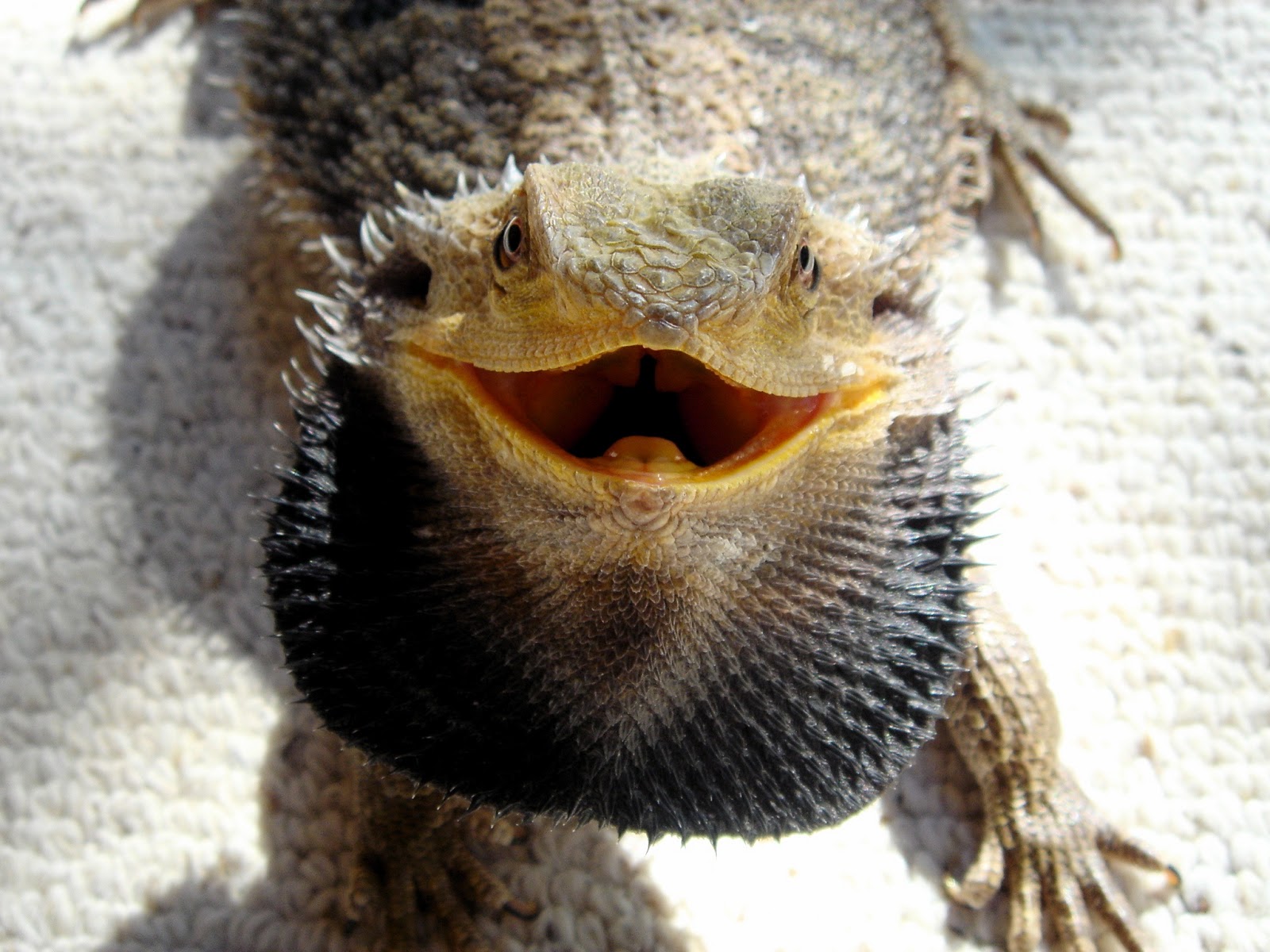The Ultimate Guide to Choosing the Best Bearded Dragon Tank
Introduction
If you’re a new owner of a bearded dragon, congratulations! These fascinating creatures make excellent pets that are relatively easy to care for. However, one of the most important decisions you’ll make as an owner is choosing the right tank for your pet. Not only does the tank need to be the right size and shape, but there are many other factors to consider, such as temperature control, lighting, and ventilation. In this guide, we’ll walk you through everything you need to know to choose the best bearded dragon tank for your pet.
Size and Shape
Bearded dragons are active creatures that require ample space to stretch their legs and explore their environment. The tank you choose should be at least 40 gallons in size and be long enough for your pet to move around comfortably. Ideally, the tank should be longer than it is tall, as bearded dragons prefer horizontal space to climb and run, rather than vertical space.
It’s also important to consider the shape of the tank. Rectangular, glass tanks are popular choices for bearded dragons, as they provide good visibility and are easy to maintain. Avoid tanks that are round or have curved edges, as these can be difficult to clean and may restrict movement for your pet.
Heating and Lighting
Bearded dragons are cold-blooded, which means they rely on external heat sources to regulate their body temperature. You’ll need to provide a heat source in your tank, such as a heat lamp or ceramic heater. Be sure to install a thermometer in your tank to monitor the temperature and ensure it stays within the appropriate range for your pet.
In addition to heat, bearded dragons need access to UVB lighting to help them produce vitamin D3, which is essential for healthy bones and overall wellbeing. UVB lighting should be installed in the tank and replaced regularly to ensure it remains effective.
Substrate
The substrate you choose for your bearded dragon tank is important for maintaining hygiene and preventing the risk of impaction. Impaction occurs when your pet ingests a material that they cannot digest, leading to blockages in their digestive system. Sand and gravel substrates should be avoided, as they can cause impaction if ingested. Suitable substrates for bearded dragons include reptile carpet or paper towels.
Decor and Enrichment
Bearded dragons are intelligent and curious animals that need plenty of mental stimulation to thrive. Adding decor and enrichment to your tank can help keep your pet entertained and prevent boredom. Consider adding objects such as rocks, branches, and hiding spots to the tank, and provide your pet with safe toys to play with. Be sure to avoid any objects that could be harmful to your pet, such as objects with sharp edges.
Maintenance
Maintaining a clean and healthy environment is crucial for the health and wellbeing of your bearded dragon. You’ll need to clean the tank regularly to remove any waste and uneaten food, and replace the substrate as needed. The tank should also be disinfected regularly to prevent the growth of harmful bacteria.
Conclusion
Choosing the right bearded dragon tank is a crucial decision that can impact the health and wellbeing of your pet. By considering factors such as size, shape, heating and lighting, substrate, decor, and enrichment, you can create a safe and healthy environment for your bearded dragon to thrive. With the right care and attention, your pet can live a long and happy life as a beloved member of your family.





